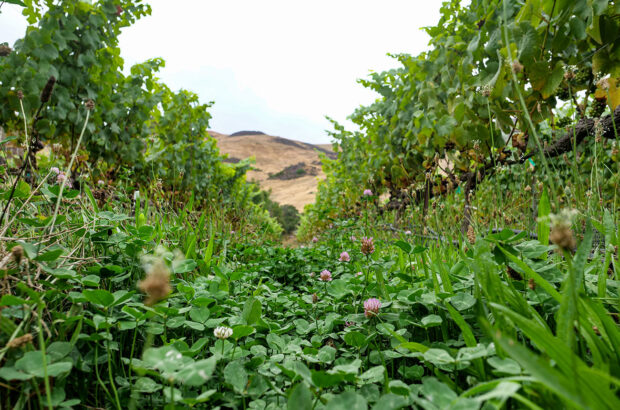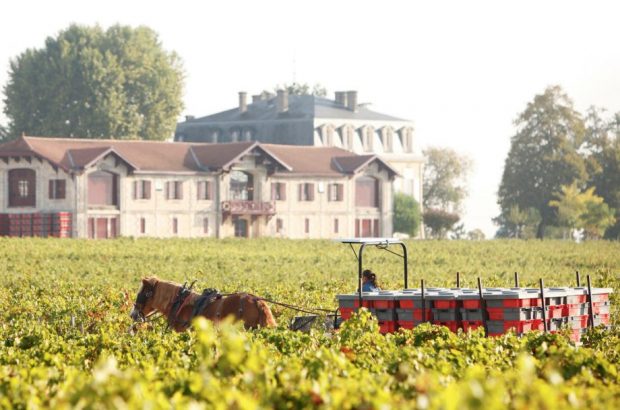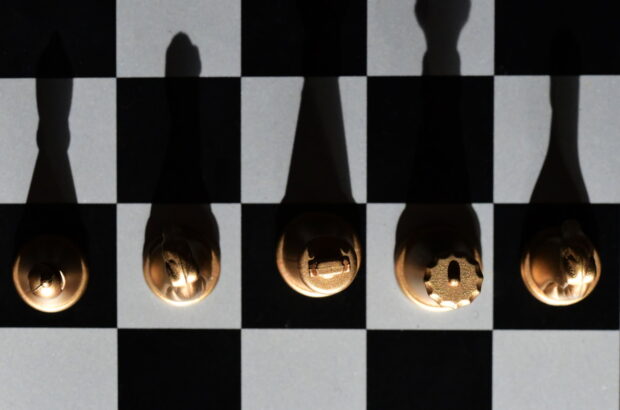Wine Legend: Domaine J-P & J-L Jamet, Côte-Rôtie 1990, Rhône, France
Bottles produced N/A
Composition 100% Syrah
Yield 35hl/ha
Alcohol 12.5%
Release price N/A
Price today Approx £1,200
A legend because…
Jamet’s Côte-Rôtie had already attracted attention with the 1985 vintage, but with the superb 1990 there was a major leap forward. In previous decades Côte-Rôtie in general could be very extracted, requiring long bottle-ageing, and that didn’t always occur. By 1990 the Jamet wine had become far more fruit-forward and although enjoyable on release, the balance was good enough to ensure it could continue to evolve over a further two decades.
Looking back
Joseph Jamet’s first vintage was in 1976. In the 1980s he began expanding his property near Ampuis, though it remained small with just 6ha planted. His sons Jean-Luc and Jean-Paul helped ensure that the right kind of vines were planted in the right spot with the appropriate rootstocks, the estate consisting of 19 parcels on terroirs ranging from near the top of the slopes to the lower sector. The brothers shared the farming and winemaking tasks, and had no hesitation in implementing strict regimes to keep yields below 40hl/ha. By 2010, the brothers were producing three different Côte-Rôties and then introduced a Condrieu, but in 2013 they agreed to split and go their separate ways.
The vintage
This was an excellent year throughout the Rhône valley. A mild spring led to an early flowering, and the summer was very warm and dry. The harvest began in mid-September, resulting in wines of tension and considerable power.
The terroir
Côte-Rôtie is diverse, as vines are planted on two very steep slopes, the Côte Brune and the Côte Blonde. Most of the Jamet vines are on the brown schist soils of the Côte Brune that usually gives more structured wines than the granitic Côte Blonde. Some vines are planted on the plateau at the top of the slopes. The Jamets had vines in various sectors, and in 1990 most of the vines were still young, but Syrah plants can produce excellent wine at a young age.
The wine
After harvest the grapes were lightly crushed but not destemmed, yet greenness was rarely commented on in assessments of their wines, and certainly not in ripe years such as 1990. The wine was aged in 228-litre pieces and 600-litre demi-muids, as well as larger casks. Only about 20% of the barrels were new. The ageing period was about 18 months, sometimes a little longer, and the wine was bottled without filtration and generally without fining either.
The reaction
John Livingstone-Learmonth assessed the wine is 2003: ‘Very stewed, stone fruit aroma. Ripe, sappy flavour: has direction, though. Quite a “thick” wine à l’ancienne.’
Richard Hemming on Jancis Robinson’s website wrote in 2014: ‘Mushroom, earth, bracken, black fruit still intact. Dark chocolate character and that wonderful musty evolution. Smoked meat and pepper. Just sublime.’ In the same year, Wine Spectator also enthused: ‘Try this rich and luscious wine with roast lamb studded with rosemary; the flavours will marry beautifully. It’s big and expressive, but still needs time to open.’
In 2016, Rajat Parr confided to Wine & Spirits: ‘…the quintessential expression of Côte-Rôtie. It’s not always the best wine of the vintage, but it sets the tone… The wine is savoury and peppery with some wild, gamey notes, but it’s also got a big, round, soft core of fruit.’












